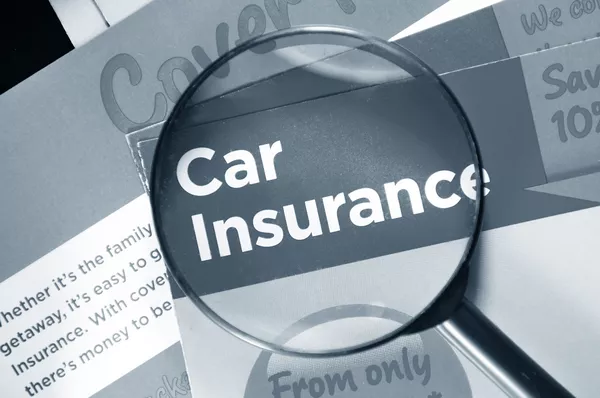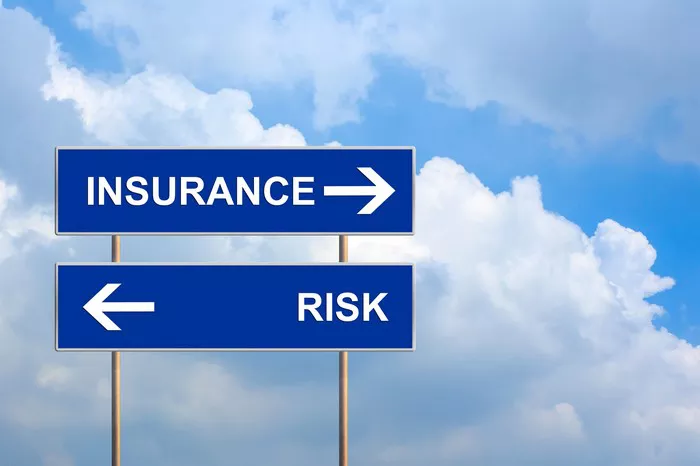Experiencing a car accident can be a stressful and overwhelming event. Beyond the immediate concerns of safety and damage, many drivers are left wondering how an accident will impact their car insurance premiums. Understanding the potential financial repercussions of an accident is essential for all drivers, as it can affect not only your current policy but also your future insurance needs. This article will delve into how much car insurance typically increases after an accident, the factors that influence rate changes, and strategies to manage or mitigate these increases.
How Car Insurance Premiums Work
Before exploring how accidents impact insurance rates, it’s important to understand how car insurance premiums are calculated. Car insurance companies assess risk based on various factors, including:
Driving History: A clean driving record generally results in lower premiums. Accidents, especially at-fault ones, can signal higher risk to insurers.
Type of Coverage: The type and amount of coverage you choose will influence your premium. Comprehensive and collision coverage typically costs more than liability-only policies.
Vehicle Type: The make, model, and year of your vehicle can affect premiums. High-performance or luxury vehicles usually come with higher rates.
Location: Where you live can impact your rates. Urban areas may have higher premiums due to increased risk of accidents and theft.
Age and Gender: Younger drivers and male drivers are statistically more likely to be involved in accidents, leading to higher premiums.
Average Rate Increases After an Accident
The average increase in car insurance premiums following an accident can vary significantly based on several factors. Here are some general insights into what drivers can expect:
At-Fault Accidents
If you are found at fault for an accident, you can expect a more significant increase in your premiums compared to accidents where you are not at fault. According to industry averages:
Percentage Increase: On average, drivers may see an increase of 20% to 50% in their insurance premiums after an at-fault accident.
Duration of Increase: This increased rate can last for three to five years before your premium returns to its original level, assuming no further incidents occur.
Not-At-Fault Accidents
If you are involved in an accident but are not at fault, the impact on your insurance premium may be less severe. However, some insurers still raise rates following any accident:
Percentage Increase: The increase may be around 10% to 20% for not-at-fault accidents, depending on the insurer’s policies and your overall driving record.
State Regulations: In some states, laws protect drivers from rate increases due to not-at-fault accidents, meaning you may not experience any increase at all.
Severity of the Accident
The severity of the accident also plays a role in determining how much your rates may increase. Factors include:
Claim Amount: Higher claims may lead to larger premium increases. For instance, if your accident results in significant vehicle damage or injuries, expect a more substantial rise in rates.
Frequency of Claims: If you file multiple claims over a short period, your insurer may view you as a higher risk, leading to larger rate hikes.
State Differences
The impact of an accident on car insurance rates can vary significantly from state to state due to different regulations and insurance market dynamics:
No-Fault States: In no-fault states, drivers typically turn to their own insurance for compensation after an accident, regardless of fault. This system can limit the impact of an accident on your premiums.
At-Fault States: In at-fault states, the driver responsible for the accident may face higher premiums, while the other party’s insurance will cover their damages.
See Also: Understanding Insurance Loss on a Car: What It Means for You
Factors Influencing Rate Increases
Several factors can influence how much your car insurance premium increases after an accident:
Insurance Provider Policies
Different insurance companies have varying policies regarding how they handle accidents. Some may offer accident forgiveness programs that prevent your first accident from affecting your rates, while others do not.
Driving Record
Your overall driving record will influence how much your rates increase after an accident. If you have a history of accidents or traffic violations, your insurer may impose a larger rate hike.
Time Since the Accident
The timing of your accident can also play a role. If you have a long-standing relationship with your insurer and a good history, they may be more lenient in increasing your premiums.
Geographic Location
The area where you live can impact how insurers view risk. Areas with higher traffic congestion or accident rates may see larger premium increases after accidents compared to rural areas.
Managing Car Insurance Premium Increases
After an accident, it is essential to under stand how to manage potential increases in your car insurance premiums effectively. Here are several strategies to consider:
Shop Around for Quotes
After an accident, it’s a good idea to shop around and obtain quotes from different insurance providers. You may find a better rate with a new company, especially if your current insurer imposes a steep increase.
Consider Bundling Policies
If you have multiple insurance needs, consider bundling your car insurance with other types of coverage, such as home or life insurance. Many insurers offer discounts for bundled policies.
Take Advantage of Discounts
Many insurance companies offer discounts that can help offset premium increases. Common discounts include:
Safe Driver Discounts: If you maintain a clean driving record post-accident, you may qualify for this discount.
Multi-Car Discounts: If you insure multiple vehicles under the same policy, you may receive a discount.
Good Student Discounts: Young drivers who maintain good grades can often secure lower rates.
Increase Your Deductible
If you can afford a higher deductible, consider increasing it. This can lower your premium, but remember that it also means you will pay more out of pocket in the event of a claim.
Maintain a Good Credit Score
Your credit score can influence your insurance premiums. Maintaining a good credit score can help you secure better rates, especially after an accident.
Conclusion
Understanding how much car insurance typically increases after an accident is crucial for every driver. While averages suggest a range of 10% to 50% in premium increases, various factors influence this change, including fault, accident severity, state regulations, and your insurance provider’s policies. By being proactive and informed about your options, you can navigate the complexities of post-accident insurance effectively. Remember to shop around for quotes, maintain a clean driving record, and take advantage of available discounts to manage potential rate increases. Ultimately, staying informed and prepared can help you mitigate the financial impact of an accident on your car insurance premiums.
You Might Be Interested In
Knowing Car Insurance for Leased Vehicles: A Detailed Guide






















